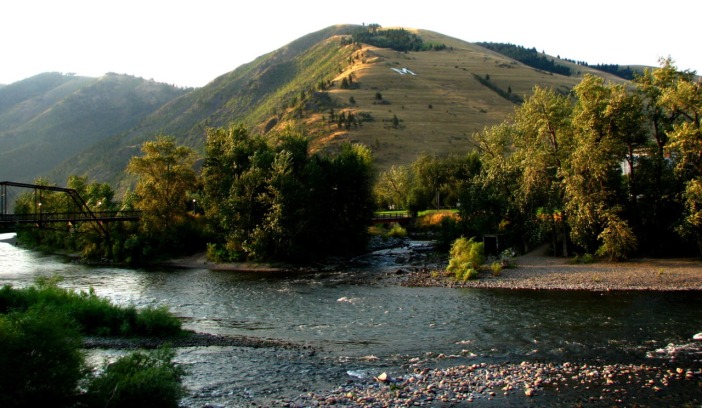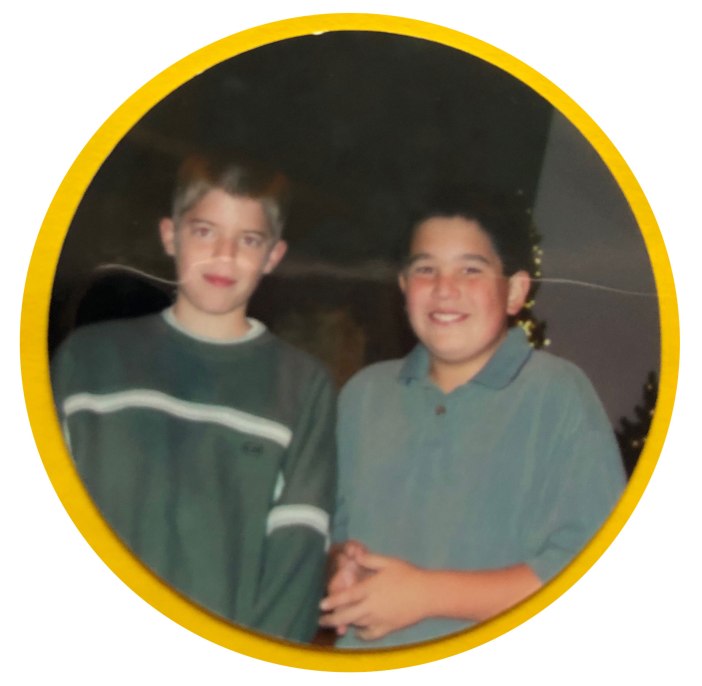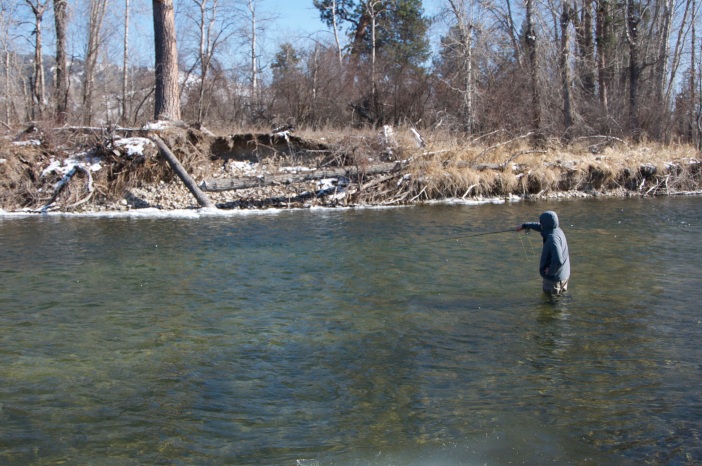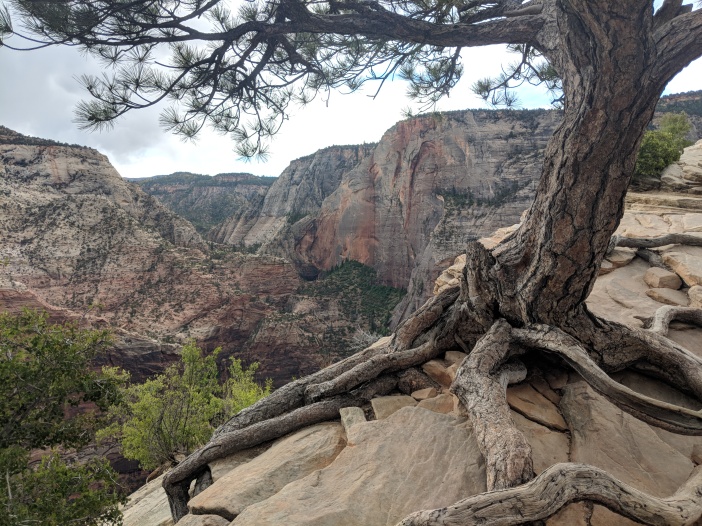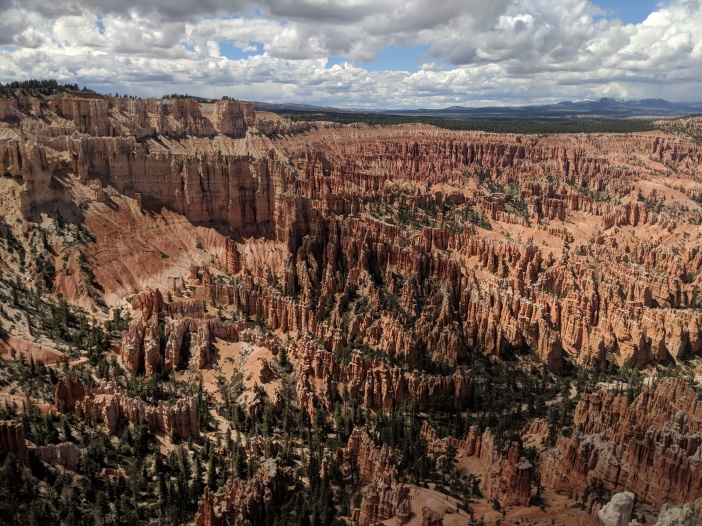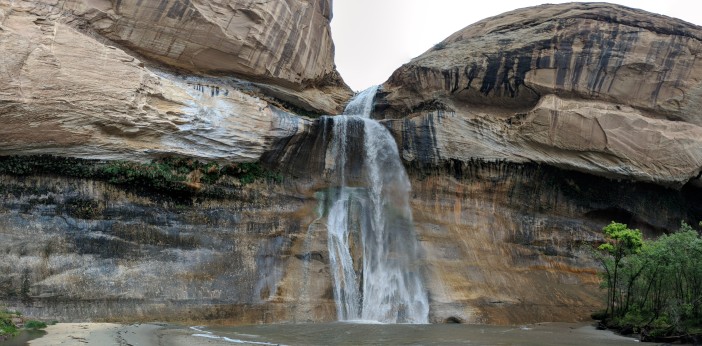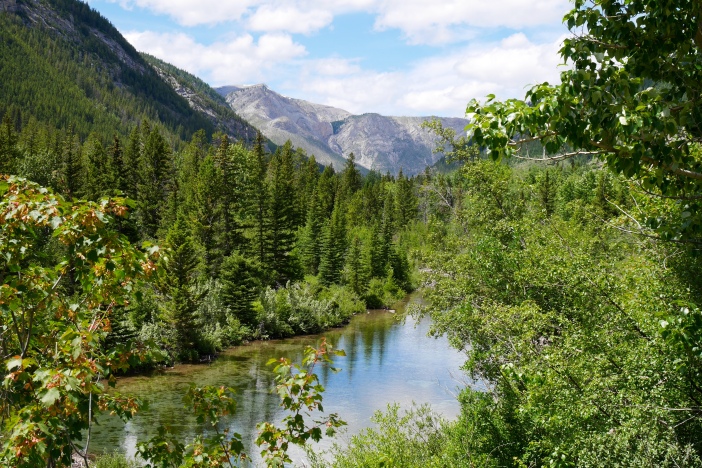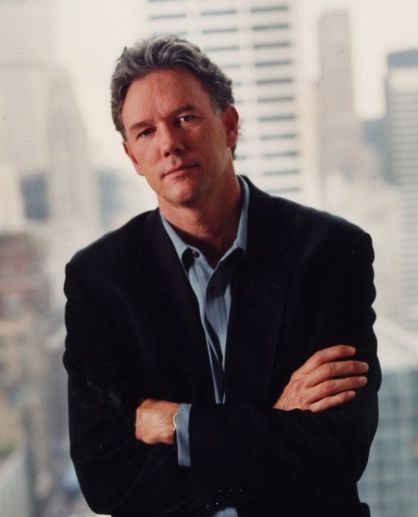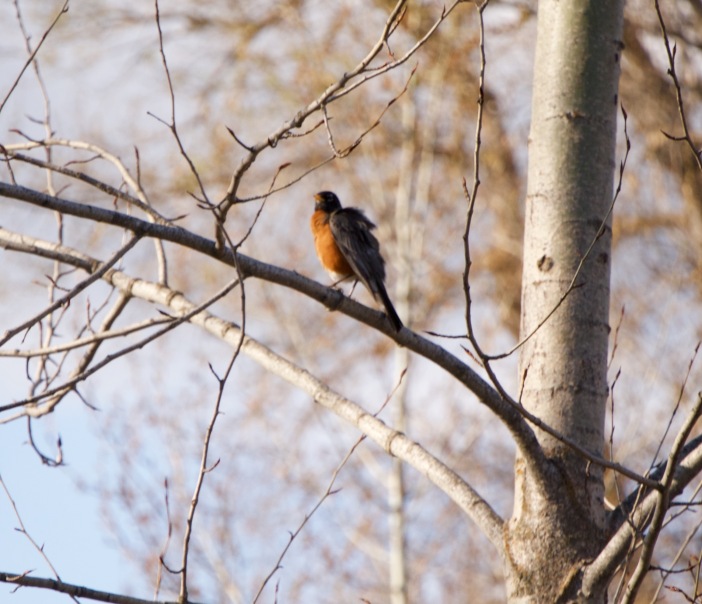
My close friend J.R. recently stumbled into my apartment at 10pm and sat on my couch after he told me he’d slammed ten beers. This is not an unusual occasion for my former roommate turned next door neighbor. Already seated on the couch myself, I showed off my new budget telephoto camera lens I’d bought for up-close photos of birds. Before long, he smirked and asked, “Why birds?” Though he was the drunk one, I rambled off an unassured response about “achieving a greater sense of place,” and “understanding my place in the world,” and whatever else I thought sounded clever. While J.R. seemed more than satisfied by what he heard, I wasn’t.
It’s no surprise he’d asked. A giant jigsaw puzzle of 120 common northwestern birds has turned my kitchen table into a mess; I’ve downloaded a step-by-step smartphone app to help me identify different species; I’m reading various snippets of bird literature and research; and I haven’t shut up about the feathered critters for the past two weeks.
In an attempt at a more coherent answer, I’ve written this post. In large part, I’ve found that my two-week old enthusiasm for birds gathers from a combination of shameful ignorance, newfound curiosity and wonder, and the quarantine-granted free time of a childhood summer.
Shameful Ignorance
In the dead of our most recent winter, I house-sat for my friends Caroline and Katie at the Moon-Randolph Homestead, a public historic site located in Missoula, Montana. The final morning of my stay, I was gathering my things inside when my mouth fell open at the sight of a huge raptor perched on top of a telephone pole. I wanted a closer look. I trudged outside across the thin snowpack that shimmered in the soft morning sun. Huge and cloaked by brown and white shaded feathers, I wondered what it was. It spooked and soared to the next pole. I didn’t find a conspicuous red tail but had a good look of its underside. Dark feathers trimmed its bright white wings and hashed across its abdomen. Short on any knowledge, I guessed and then convinced myself it was an osprey. Entranced, I followed—or more like chased—its morning hunt around a several acres of the property for a half-hour all the while wishing to see my new friend snag breakfast.
Later that afternoon, the caretakers returned after I had cleared out. I sent Caroline a text explaining that I followed an osprey around the property. “I think it wants those chickens ha!” I wrote. She never responded.
When I remarked on the experience to my friend Sam on our way out to cross-country ski that afternoon, he only returned a confused expression. “Maybe,” he said, “but I’ve never heard of an osprey in Missoula during the winter.” I was speechless. “It might have been a red-tailed hawk.”
“Ospreys migrate?” I asked. Identifying a red-tailed hawk always felt like a layup. I often even remark that it’s my favorite bird. When I was a kid, my dad, without fail, became awestruck by the sight of one during our frequent hikes together in my hometown of Santa Cruz, California. “If I could come back to Earth when this is over, I’d come back as a red-tailed hawk,” he’d always say.
“Yea, they’re usually in Mexico this time of year,” Sam said. I silently googled “red-tailed hawk” on my phone. Photos of them perched on tree branches appeared identical to my friend that morning. The cab of Sam’s vintage Carolla grew smaller as shameful embarrassment flooded my mind. I imagined the pitiful chuckle Caroline let out when I suggested it was an osprey. That she and her partner Katie each hold a masters degree for environmental studies from a program that I want to attend didn’t ease the shame. Perhaps they were more confused than amused. On top of it being winter, there’s also no water at or near the homestead. Ospreys eat fish and only fish, not fucking chickens—dumbass.
The self-disappointment piled on when I had to break some news to Sam as we were about to park and ski. “I left my boots in my truck.” I’ve had better afternoons.
Newfound Curiosity and Wonder
My fascination of birds started two weeks ago. I’ve learned to appreciate the calls and songs that await my ears whenever I step outside of my apartment during daylight. I suppose I always took them for granted. Within the thirty or so steps it takes to reach my truck, a robin charms me with undeniable charisma as it twitches and scurries along the pavement into the bushes. I see a starling split the sky and land in a tree. What appeared as no more than a typical small black bird a few weeks ago now enchants me with its inconspicuous metallic green sheath it dons only while mating. Robins and starlings are both common, year round habitants of Missoula. I’ll soon be overcome by the abundance of migratory species due for arrival this week.
I’ll observe birds and research their miraculous migratory journeys of thousands of miles—all out of joy. I’ll also immerse myself in their mysteries—those which we share in common. To this end, I owe thanks to Montana writer Jim Robbins. More than anything, his book The Wonder of Birds has opened my mind to the grace of our winged friends. For instance, we’ve all seen a clouded flock of black starlings wave and wheel in synchronized harmony. But until I read Robbins, I presumed the flocked birds are following a leader. How else would each one know when to dip and rise, let alone at which speed to fly? It turns out, however, that each twists and turns with simultaneous fluidity to their neighbor out of seeming telepathic communication. We’ve hardly begun to understand how this is possible. In labs, for instance, it takes a starling considerably longer to react to a flash of light than to their nearest neighbor’s change in direction while in flight. Nothing short of science is left to surmise that each individual abides by a collective, higher order, a phenomenon called emergence.
We are baffled by how emergence manifests. While what we have learned has hardly been applied to traffic control and special effects in film—its fundamental aspects will likely always remain a mystery. The truth to emergence is probably hidden within the eons it took for such a trait to develop by way of evolution. From a biological standpoint, we’re at a significant disadvantage to grasp it. Just take a moment to consider the significance of emergence observable within certain species of animals who depend on it—from a flock of birds, to a school of fish, and to the herds of mammals that migrate across the Serengeti. Allow yourself to ponder and enjoy the questions raised. What even is a higher order? Could one really exist? Do we abide by one ourselves? Should we?
Free Time of a Childhood Summer
While it takes no more than a walk to my truck to appreciate a bird’s splendor, it takes work to identify new species, let alone observe them in their natural habitat. You have to go where they flourish. What follows is an account of my first deliberate attempt at birdwatching.
Several weeks ago, I woke up early and drove to Kelly Island, which sits at the confluence of the Bitterroot and Clark Fork Rivers in Missoula, Montana. Equipped with my new camera lens, I knew I could follow the staccato thrums of distant woodpeckers as I approached through an alley of a residential neighborhood.
I’d soon learn that my lens was only going to get me so far in my quest to capture birds. Though its zoom was a significant upgrade, I had trouble focusing the shot in so little of time on such a small, skittish and lively animal. I also noticed another birder snapping photos with a camera attached to a lens that looked like a bazooka compared to my own. Instantly humbled, I walked around beneath the morning sun as I observed the swift river and listened to the rustling trees towering over the meadow mazed with trails and shallow ravines—all the while cursing at these birds to sit still, dammit! I was without a pair of nice binoculars—the most fundamental piece of equipment for birding, and could’ve done without the budget lens.
I snuck up on a few woodpeckers and managed a few shaky photos. Several robins let me get close. Suddenly, a tiny brown and white bird landed on a branch at eye level, no more than fifteen feet away. It chirped and darted off. Later, I’d discover that this was a song sparrow, one of the most common and widespread sparrows that lives year-round in Missoula.
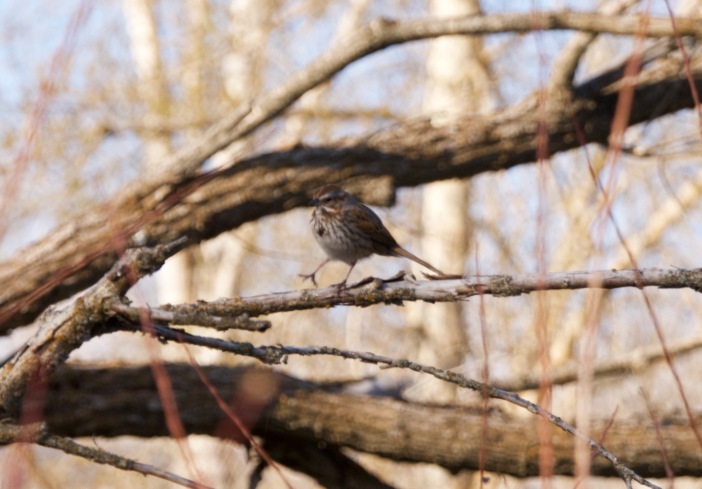
Suddenly, an adorable brown and mostly gray bird dog came sprinting up the trail at me. Thick, wiry hair draped its long snout. Lively, it hopped and darted back and forth, stopping to excitedly sniff my hand. Its owner shouted. The man, who looked like he was in his sixties, rounded a corner of dense shrubbery into sight. A pair of binoculars around his neck, Keen sandals, zip-off pants—I know a birder when I see one. We exchanged hellos as he passed by, but I wanted to pick his brain a little. His dog wouldn’t leave me alone, so I struck up a conversation about a woodpecker up in the tree. He lifted his binoculars. “That,” he said, “is a flicker.” News to me.
“Neat”, I said, while I snapped a few worthless photos.
“Yea, you hear that call?” I acknowledged the intermittent bursts of rapid, high pitch notes. “That’s a downy,” he said.
I also didn’t know what a downy was, but I noted it alongside “flicker” into my phone. “There!” he pointed at the same flicker still on the tree. The downy was tiny, black and white, and plenty feisty as it gave the much bigger flicker all hell. Also a woodpecker, the downy started rapping his beak against the trunk, the flicker remaining a few feet above. Then another species of woodpecker came into the frame. The man lifted his binoculars. “And that’s a red-naped sapsucker,” he said. I quickly jotted the name into my phone. A little post expedition research revealed that this species was an “uncommon” sight compared to the other two sharing the same trunk.
We talked for a short while about birding. I told him I was just getting into it, and he talked about the impending arrival of warblers and other cool species. He smiled and looked me in the eyes as he spoke, grateful to share his passion with a novice. I’d just been stumbling through a futile first effort of identifying and snapping photos of birds–without knowing what I was even doing—and then this man walks up and puts me on three different species of woodpeckers in a flash. “You’ll a nice pair of ‘nocs,’” he said with a smile, holding his set up, “and you’ll be set.” Now I had some lingo, too.
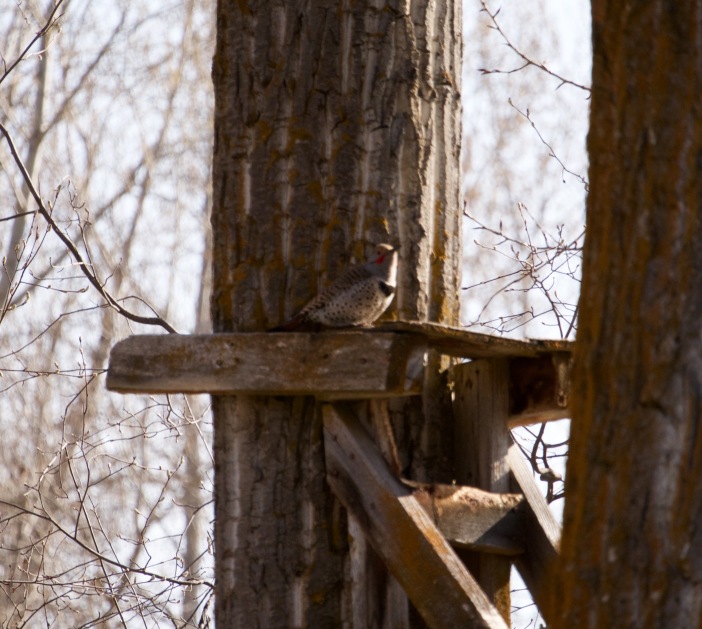
Conclusion
It turns out ospreys are often mistaken for juvenile bald eagles and red-tailed hawks, according to the Cornell Lab Institute. They’re also mistaken for turkey vultures, according to the same source, which seems inconceivable. This concludes nothing; I just wanted to say it. What I need to say is that the capabilities of birds literally fly in the face of our cultural notions that we are the center of existence. They’re here to humble and serve as a constant reminder that this world wasn’t created for our capitalistic ambitions alone. Birds are suited for existence with myriad capabilities that we aren’t but which we should nonetheless appreciate. Together, hand-in-wing, we plunge into the mystery of life. The same evolutionary forces that shaped their existence also shaped our own. Our incessant manipulation of Earth’s bountiful lifeforms and natural resources—our shameful ignorance—is due to backfire in extraordinary fashion. It turns out that the well-being of birds directly corresponds to our own. Why not learn from our feathered companions to better sustain their existence and, in turn, our own?
So next time you see a flock of starlings rise from a city rooftop and undulate before your eyes in a cloud of artistic splendor, take note of its miracle. Feel your spirit warm into a sense of gratitude that their existence—their mystery—is ours.
